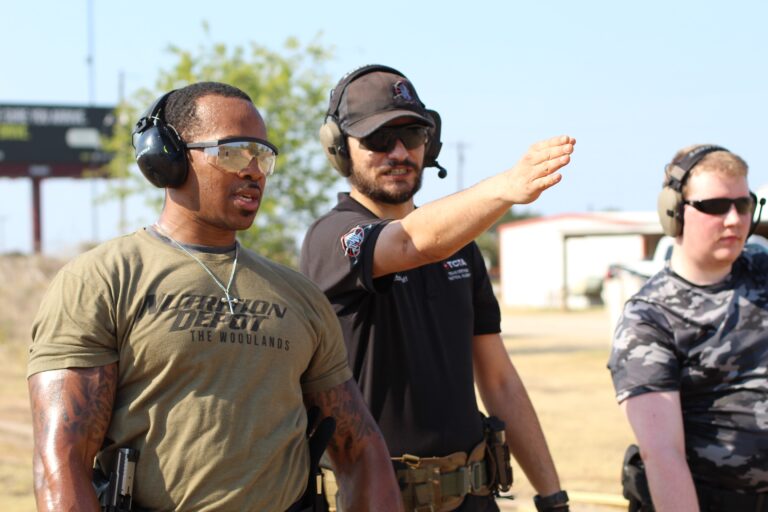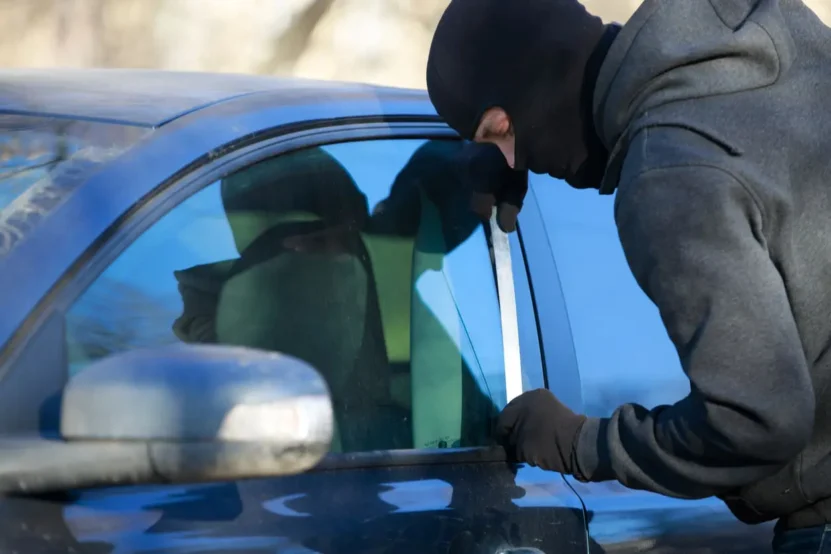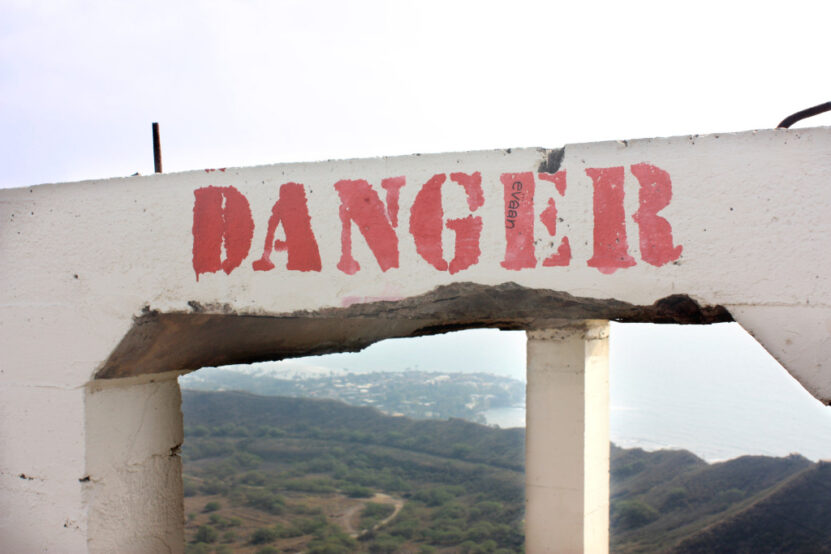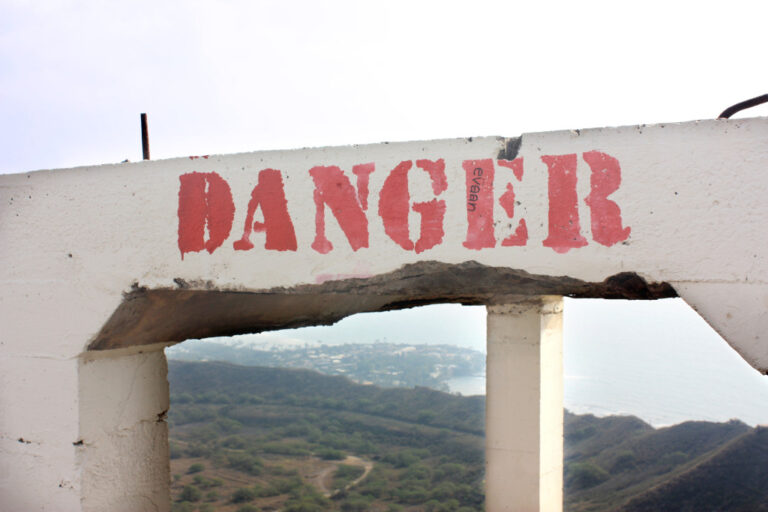Life is unpredictable, but that doesn’t mean you should go through it blindfolded. Recognizing early warning signs can help you avoid chaos, sidestep bad situations, and keep yourself and your loved ones safe. Let’s talk about how to develop this crucial skill and use it in your daily life.
Key Points
- Pay attention to surroundings at all times.
- Identify behavioral red flags in people.
- Use simple steps to assess potential risks.
- Trust gut instincts and act quickly.
- Invest in professional training for advanced skills.
The Foundation of Safety: Training and Awareness

Understanding threats requires more than just common sense. Sometimes, it takes professional guidance to truly sharpen your ability to spot red flags. That’s where organizations like Pacific West Academy come in. They equip individuals with the skills to assess situations effectively and act decisively. Their graduates are highly trained in recognizing risks and mitigating them, making them leaders in the field of executive protection.
Everyday life presents risks we might overlook. From unusual behavior to unpredictable events, being prepared matters. Awareness and professional training go hand in hand. Professionals at Pacific West Academy specialize in teaching people to identify risks while instilling a sense of responsibility crucial for security roles.
The Everyday Threats You Might Overlook

Everyday life can lull people into a false sense of security. Staying aware of your surroundings helps you identify risks before they escalate. Here are some examples of potential risks that often go unnoticed:
- Unfamiliar People Acting Suspiciously
A person loitering near your car or house might have bad intentions. Stay alert and trust your instincts to address the situation quickly. - Sudden Changes in a Crowd
Crowds can shift moods in seconds. If the noise levels drop or if people begin moving erratically, leave the area immediately. - Vehicles Acting Erratically
Cars that seem to follow you or appear multiple times in odd places could signal a problem. Take note and inform authorities if necessary.
Behavioral Red Flags
The way someone acts, moves, or interacts can reveal their intentions. Here are behavioral red flags to watch for:
- Avoiding Eye Contact: Nervousness or deception often shows in a person’s inability to maintain eye contact.
- Fidgeting or Sudden Movement: Unusual or exaggerated movements can be signs of preparation for something harmful.
- Unnatural Quietness or Overfriendliness: Extremes in behavior should never be ignored, as they can signal ulterior motives.
Observing these signs can give you time to act and avoid situations that may become problematic.
How to Build Your Safety Radar

Learning to spot risks starts with practice and consistent habits. Developing strong observation skills and trusting your gut are essential parts of this process. Here’s how you can build your “safety radar” effectively:
Master the Art of Observation
Observation is a skill anyone can improve. When entering a space, take note of exits, the people present, and any unusual objects or behaviors. Over time, this habit becomes second nature and equips you to notice inconsistencies others might miss.
Rely on Instincts
Never ignore the feeling that something isn’t right. That gut reaction exists for a reason. If you sense danger, act immediately, even if you’re unsure. Better safe than sorry.
Quick Checklist for Daily Life
Incorporating small safety habits into your daily routine can significantly reduce risks. Use this checklist as a guide:
- Keep Your Hands Free: Avoid distractions like texting while walking.
- Scan Parking Lots Before Entering: Look for suspicious individuals or vehicles.
- Listen for Changes in Noise Levels: A sudden shift in the environment’s sound can indicate an issue.
Making small adjustments like these keeps you more aware and prepared for unexpected situations.
The Role of Preparedness
Preparedness goes beyond being aware. It involves having the knowledge and tools to handle risky situations effectively. Professional training programs add depth to your understanding of risks and how to mitigate them. Here’s why investing in such training is beneficial:
- Teaches Proactive Mindsets
Professional training emphasizes avoiding problems before they arise, not just reacting to them. This approach minimizes risk and enhances overall safety. - Sharpens Observation Skills
Advanced training equips individuals with techniques to detect subtle signs of potential problems. - Builds Confidence
Confidence grows when you know you can handle risky situations. Preparedness removes hesitation and allows for quick decision-making.
Taking time to train professionally prepares you for a wide range of scenarios, from everyday risks to complex challenges.
Tools for Safer Living

Technology plays an important role in personal safety. From simple gadgets to advanced systems, having the right tools enhances your ability to handle situations. Consider using the following:
- Personal Safety Apps
Apps that let you alert trusted contacts or authorities in emergencies are essential. Many also include GPS tracking to pinpoint your location. - Portable Alarms
Small devices that produce loud sounds can deter threats and attract help when activated. - Home Surveillance Systems
Installing cameras around your home increases your security and deters suspicious activity.
Using technology strategically provides an additional layer of safety that complements your awareness.
Tips for Families

Protecting your family involves more than personal awareness—it requires teamwork. Teaching everyone in your household simple strategies can make a big difference. Here’s how:
- Create Emergency Plans: Establish clear actions for different scenarios, such as fires or intrusions. Everyone should know what to do.
- Teach Kids to Trust Instincts: Help children understand when a situation feels unsafe and encourage them to speak up.
- Use Code Words for Alerts: A code word or phrase can quickly communicate that action is needed without alarming outsiders.
Involving everyone ensures that safety becomes a shared responsibility rather than an individual burden.
Practical Steps to Assess Situations
If you suspect trouble, taking deliberate steps can help you evaluate and respond to risks effectively. Here’s a simple three-step approach:
- Observe Closely
Look for anything out of the ordinary, such as a person’s behavior, unusual objects, or unexpected changes in your surroundings. - Ask Questions
If interacting with someone, ask clarifying questions. If their answers don’t align or seem evasive, proceed with caution or disengage entirely. - Act Quickly
Once you’ve identified a potential risk, take immediate action to remove yourself or others from harm’s way.
Conclusion
Awareness and preparation are your strongest allies in preventing harm. Small daily habits, practical tools, and professional training combine to form a robust defense against risks. Whether you’re learning basic safety practices or taking advanced courses, every step improves your ability to protect yourself and those you care about.
Don’t wait for something to happen. Start building your awareness and skills today. Your safety depends on it.









